New weekly update with another purchase.
#dividend
#dividends
#dividende
#etf
#etfs
$JEGP (-0.54%)
$JEPQ
$JEPI
$QYLE (+0.07%)
$SDIP (+0.24%)
$XYLP (-0.08%)
$JPM (+0.22%)

Posts
14
Is the $SDIP (+0.24%) suitable for parking your money and using it as a kind of call money account?
Now that the prime rate is at 2%, 10% would be tasty
What do you think?
Some of the distributions from Scalable and Trade Republic don't appear due to the bad Mi notification system 🙄
$SDIP (+0.24%)
$STHY (-0.35%)
$OXLC (+0.01%)
$DX (+0.33%)
$PFLT (-0.87%)
$O (-0.04%)
$MAIN (+0.07%)
$APLE (+0.02%)
$EARN (-0.62%)
$ORC (+0.2%)
$ARR (-1.3%)
$BAYN (-0.68%)
$EUHI (+0.02%)
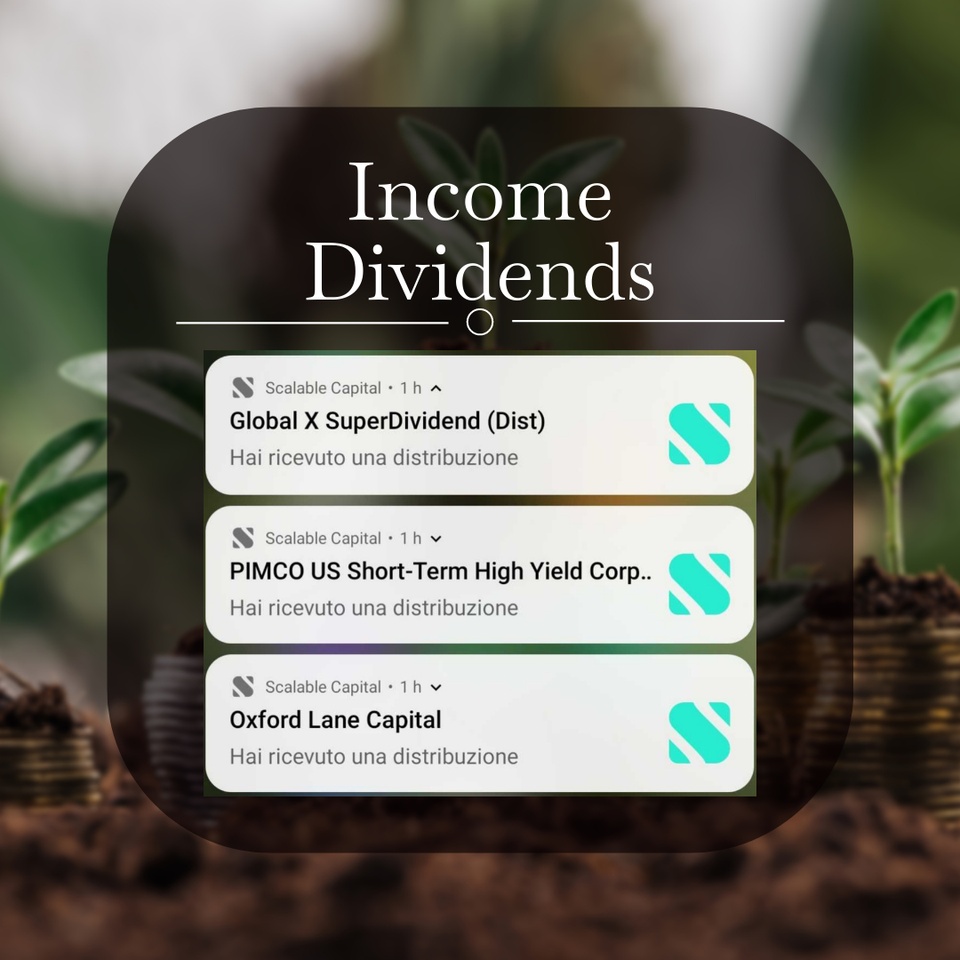
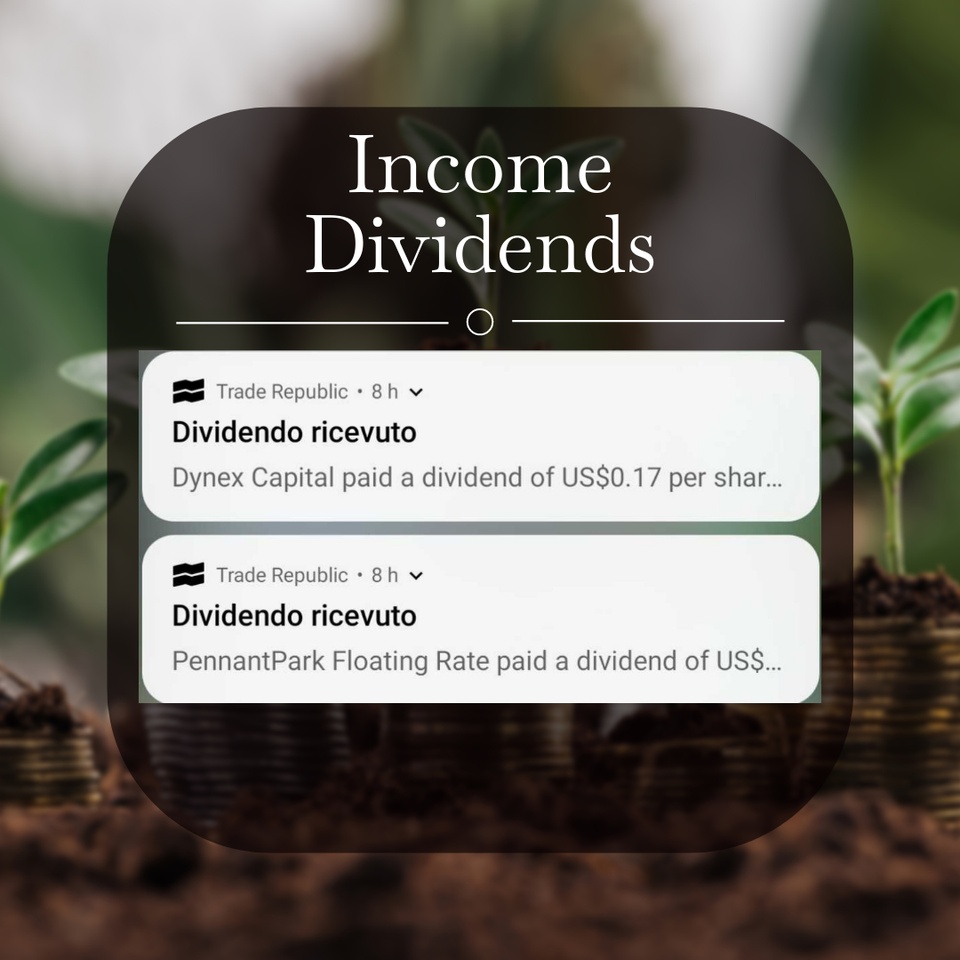
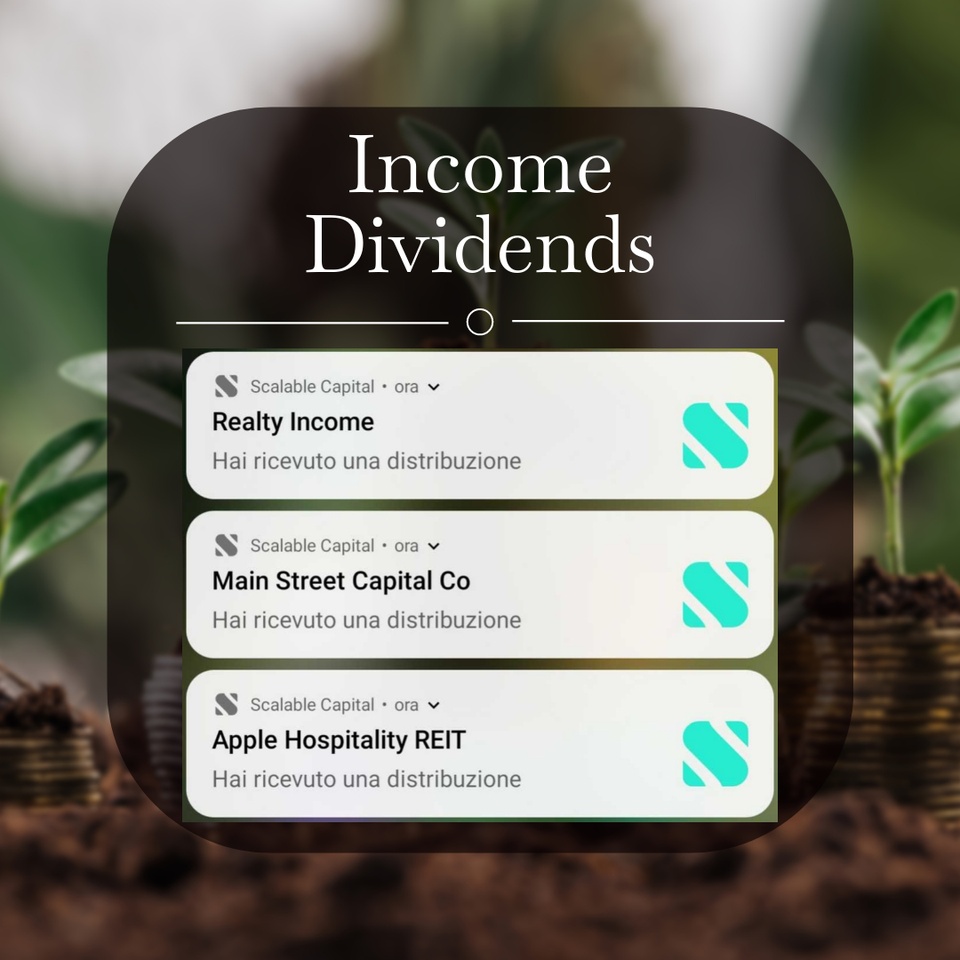
+ 1
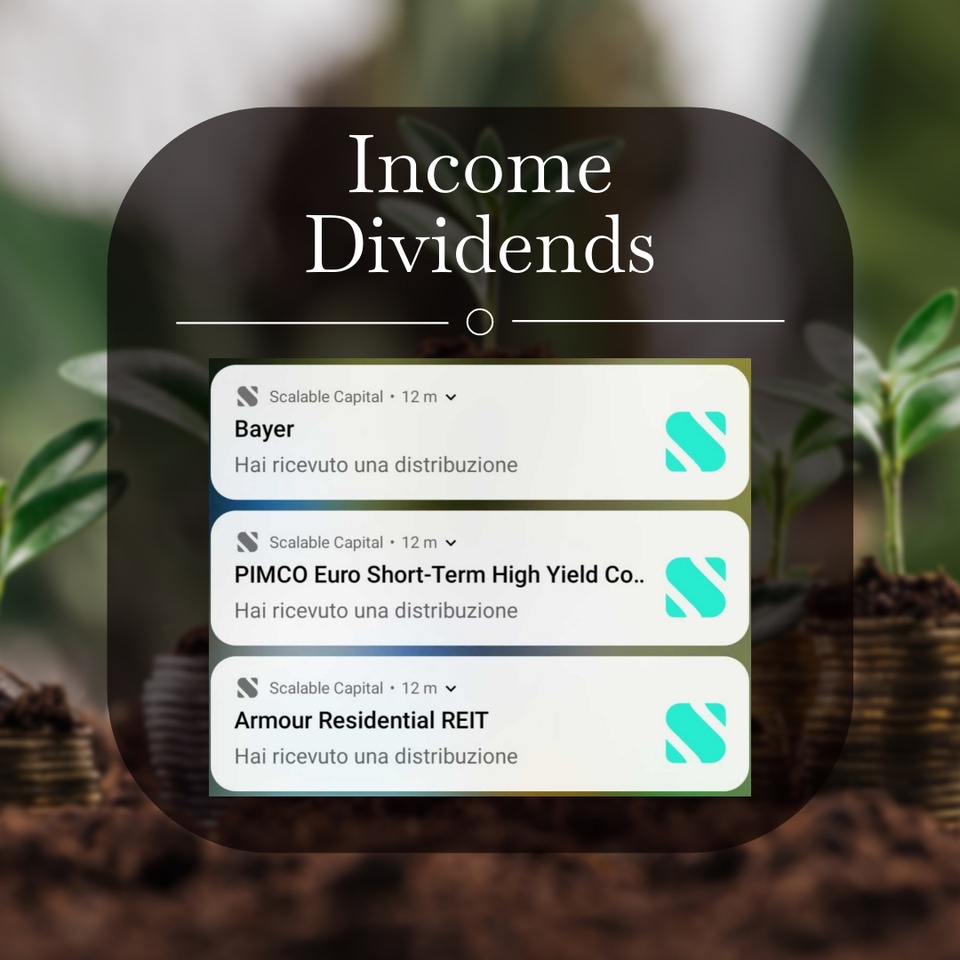
I happened to find a video on youtube. I share his thoughts and assessments on this ETF. I use the returns as fodder for my clearing account in case I am "on the road" for a longer period of time.
Please time it well if you want to get in $SDIP (+0.24%)
I have bought some shares of $SDIP (+0.24%) on my Scalable Account in the past.
I've just noticed that no more shares are avaiable for buying, does anybody of you know why? 🤷🏻♂️
Here is my small portfolio again.
I haven't changed everything yet, but I've already started.
$ISPA (+0.22%) will be liquidated on the 16th and invested in $VWRL (+0.31%) invested.
$MSCI (-0.02%) was a gift via TR, but I will also sell it.
The $SPPW (+0.21%) I'm saving something for my niece.
So that I can give her a nice handout in 13 years' time.
The savings rate will be increased every year.
$VOW (-0.19%) I've slipped up with the saveback conversion.
And $BVB (+0%) I only wanted one share because it's my club.
$QYLE (+0.07%) and $SDIP (+0.24%) are a small addition.
If you have any suggestions for changes, please let me know
Alto belli! 🙈
What has to go wrong for a medium likestock exchange online make such a positive comment about such a pipe-dream dividend ETF?
...or do fellow investors here see it differently and there are "persuaders"?
Greetings
🥪

Update High Yield Income Portfolio
There were a few changes to the portfolio in December.
New additions:
Exchanged for:
I want to keep my div/dist yield at around 8-10% in the long term.
$IE000U9J8HX9 (-0.16%) I will only be saving with the distributions from the portfolio, so the weighting should slowly decrease for the time being, while I continue to save the other positions regularly.
Have you found any interesting stocks in the last month?
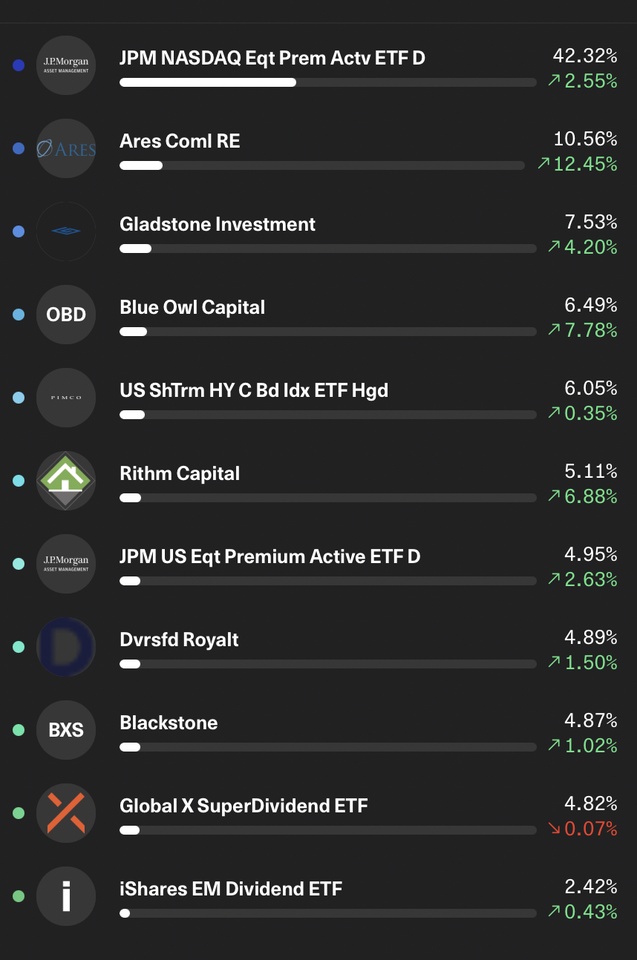
Which ETFs are available that deliver a stable distribution yield? I found this ETF during a brief search. $SDIP (+0.24%)
#etfs
#dividend
#dividende
Scalable has written something about the ETF Superdividend in its weekly financial news. Just a few sentences, but that's positive
https://de.scalable.capital/etf-quarterly

Top creators this week